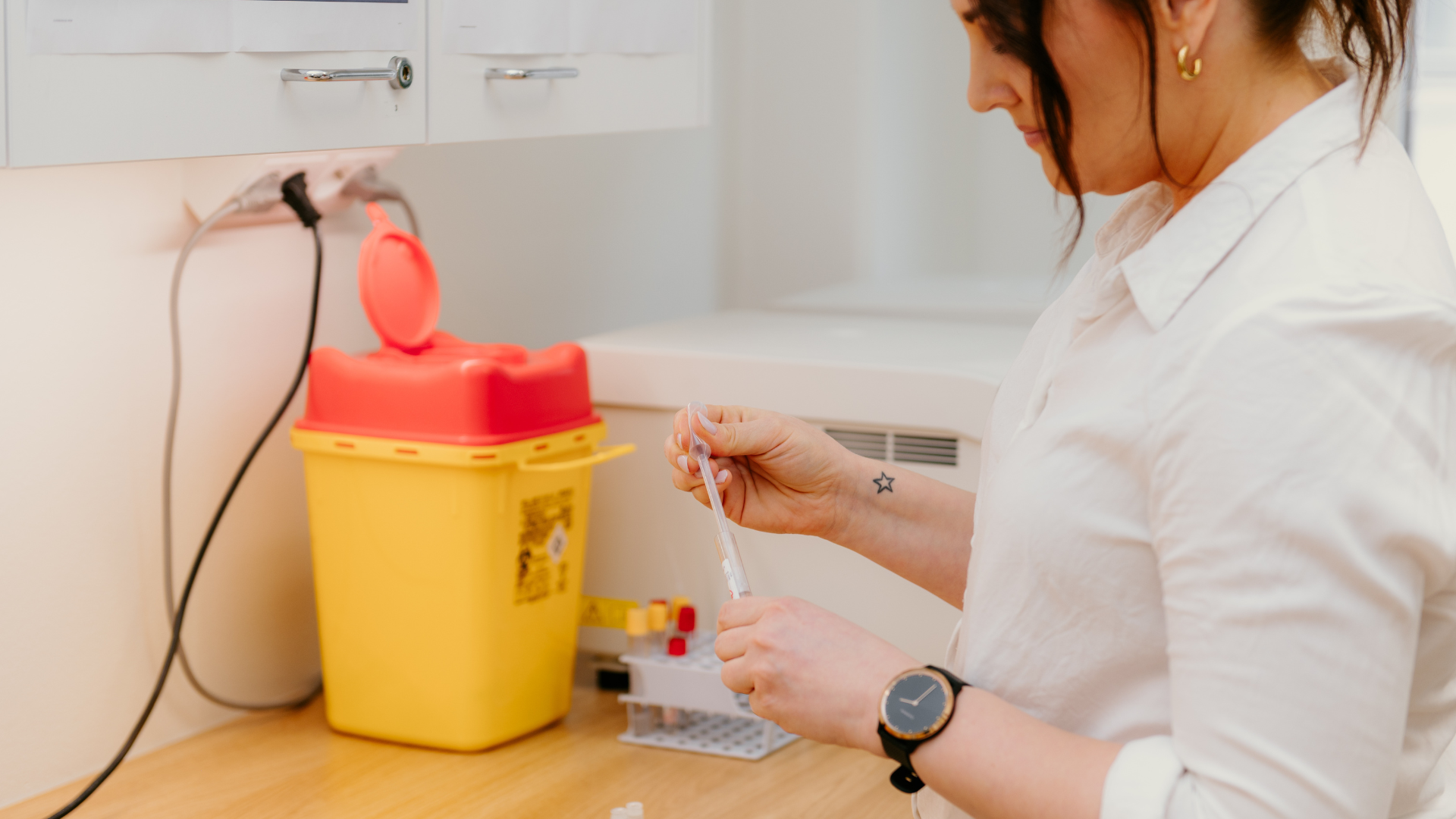
Human papillomavirus (HPV) causes genital warts (condyloma) and cervical cancer. Cervical cancer can develop only in women who carry HPV. The infection also increases the risk of certain cancers of the genital area, as well as head and neck cancers.
HPV is primarily transmitted through sexual contact. Infections are often asymptomatic, so individuals can unknowingly spread the virus. HPV is very common in Finland — about one-third of young adults acquire it at some stage in life. In most cases, the infection clears spontaneously. In rare instances, however, the virus causes persistent infection, which may lead to cervical cancer.
Genital warts are raised lesions found in the genital region, appearing in both men and women. Although they can be unsightly and cause itching or irritation, they are not dangerous. HPV types that cause visible warts generally do not lead to cancer. The HPV types most commonly associated with cervical cancer are HPV 16 and 18, whereas genital warts are usually linked to HPV 6 and 11.
Malignant changes in cervical cells can be detected via a Pap smear before cancer develops. In Finland, most municipalities provide a free Pap test every five years for women aged 30–60, which allows early detection and treatment of abnormal cell changes.
The introduction of systematic screening has led to a decline in cervical cancer cases. Nonetheless, roughly 150–160 new cases are diagnosed each year in Finland, and around 50–70 women die from the disease annually. Globally, cervical cancer remains the second most common cancer among women after breast cancer.
The HPV vaccine targets human papillomavirus. Over a hundred types of HPV are known; some cause genital warts, and others can lead to cervical cancer.
The vaccine contains viral proteins, not live virus, so it cannot cause an HPV infection.
Three HPV vaccines are available in Finland:
At FVR, both Gardasil4™ and Gardasil9™ vaccines have been studied. One research goal was to extend vaccination to boys. This was achieved in 2020 when boys were included in the national HPV vaccination program. Finnish studies have also contributed to the approval of the Gardasil9™ vaccine.
During clinical trials, vaccines have caused only mild side effects such as temporary fever or redness, swelling, or pain at the injection site. The vaccine is administered in three doses over six months. It is not yet clear whether this provides lifelong protection or if booster doses will be necessary.
Vaccination of boys and men is under study, as males can carry and spread the virus. Genital warts occur in both men and women.
In August 2012, the Finnish Ministry of Social Affairs and Health decided to include the HPV vaccine (Cervarix™) in the national vaccination program. Vaccination of 11–12-year-old girls began in schools in November 2013; boys were added in autumn 2020. Currently, girls aged 10–12 (grades 5–6) are vaccinated for free. In school years 2020–2021 and 2021–2022, catch-up vaccinations were also offered to boys in grades 7–9.
Each year, 170–180 women are diagnosed with cervical cancer in Finland, and around 50–70 die from it. Prevention relies on organized population-based Pap screening and additional Pap testing outside the screening program.
HPV vaccines prevent nearly 100% of genital warts and precancerous lesions caused by the included HPV types—provided the individual was not previously infected with those types. However, since the vaccine does not protect against all HPV types, vaccinated women should continue regular Pap tests to detect any cervical cell changes before cancer develops.
Text updated on 18 November 2021